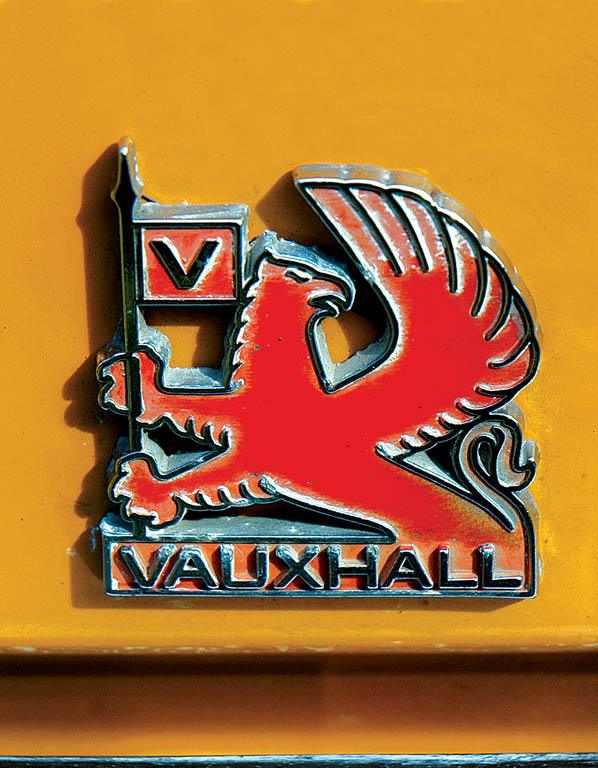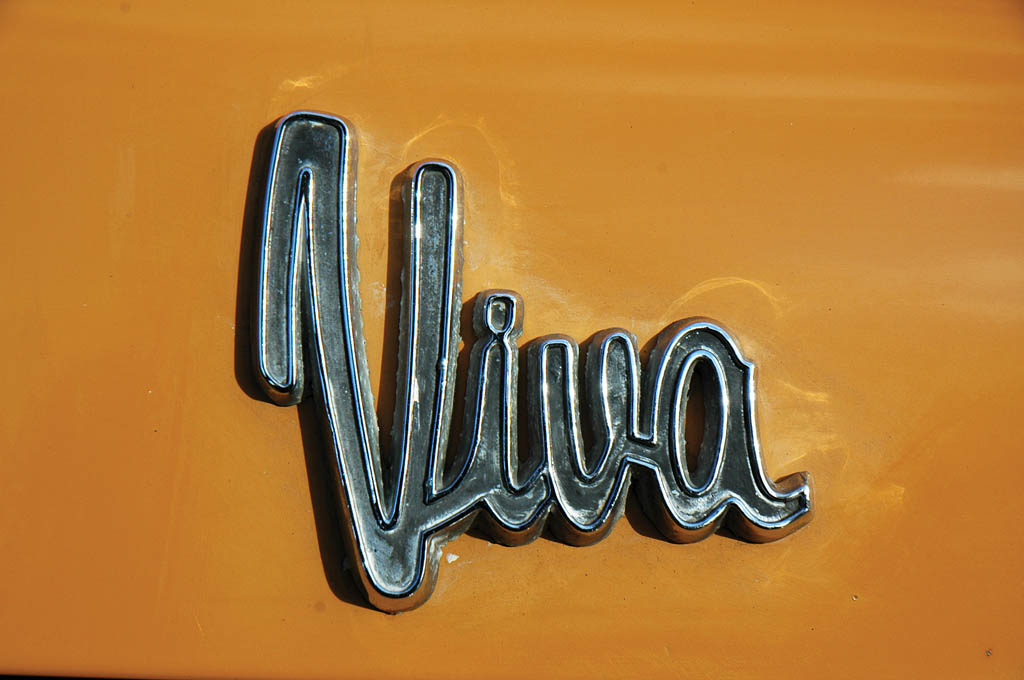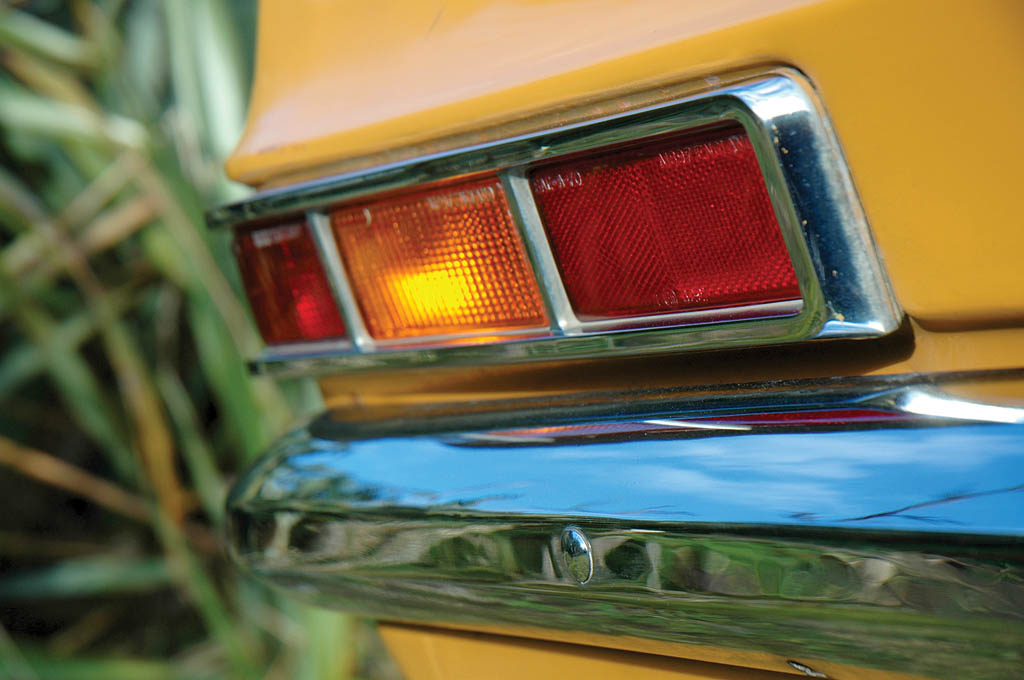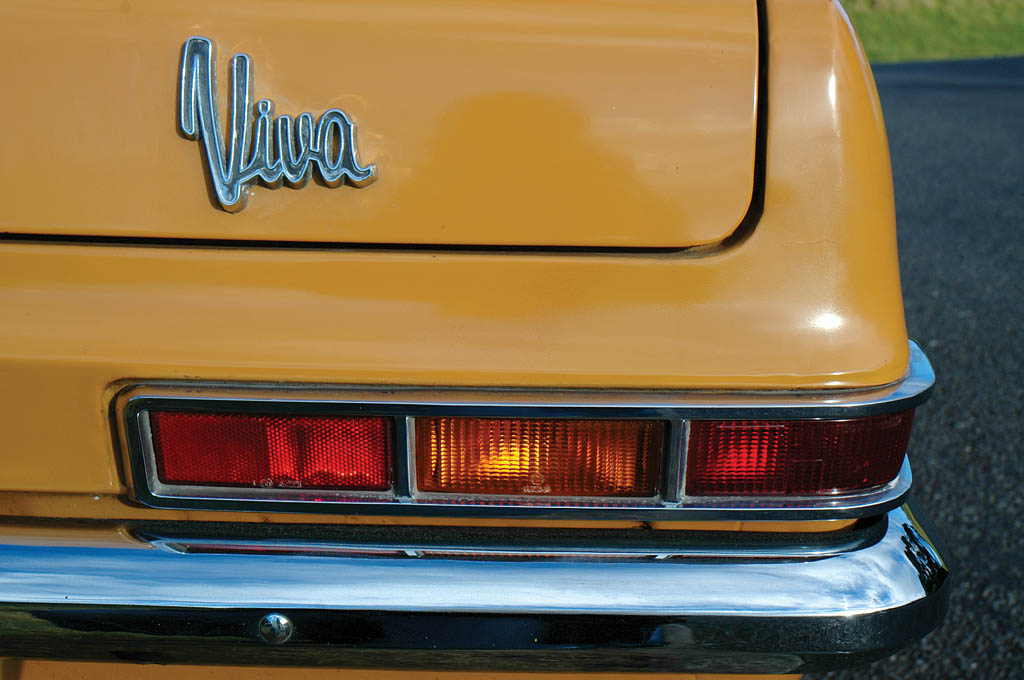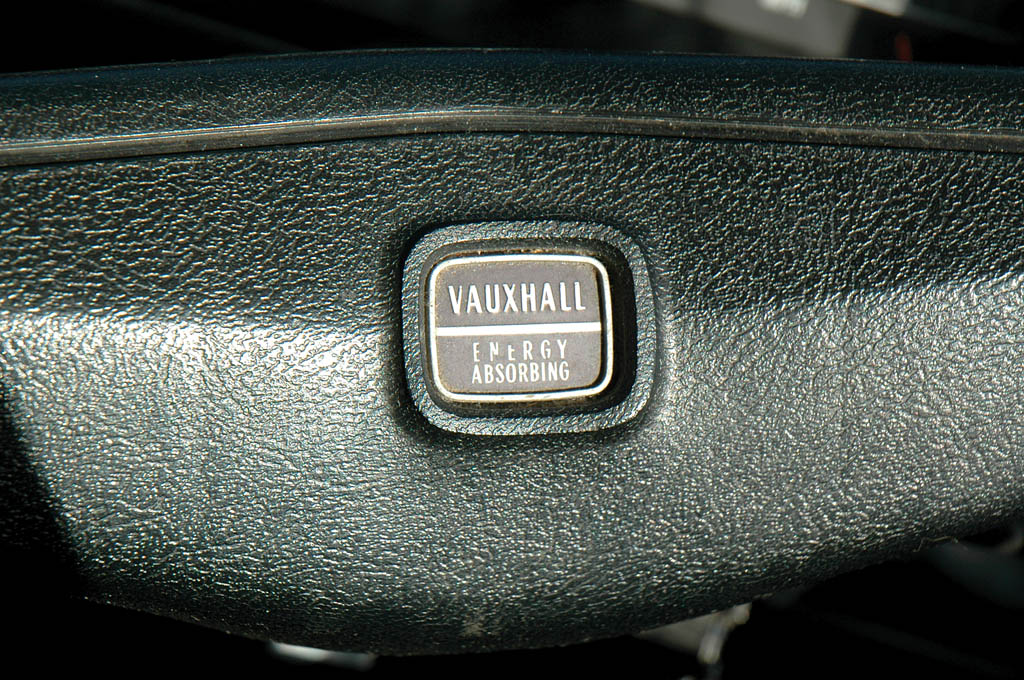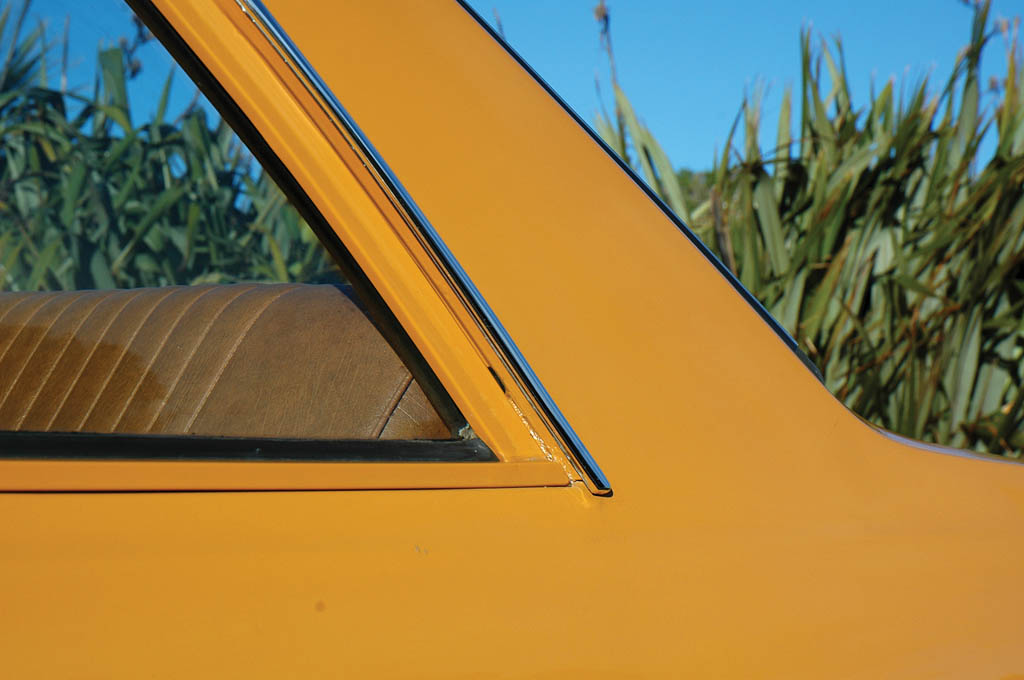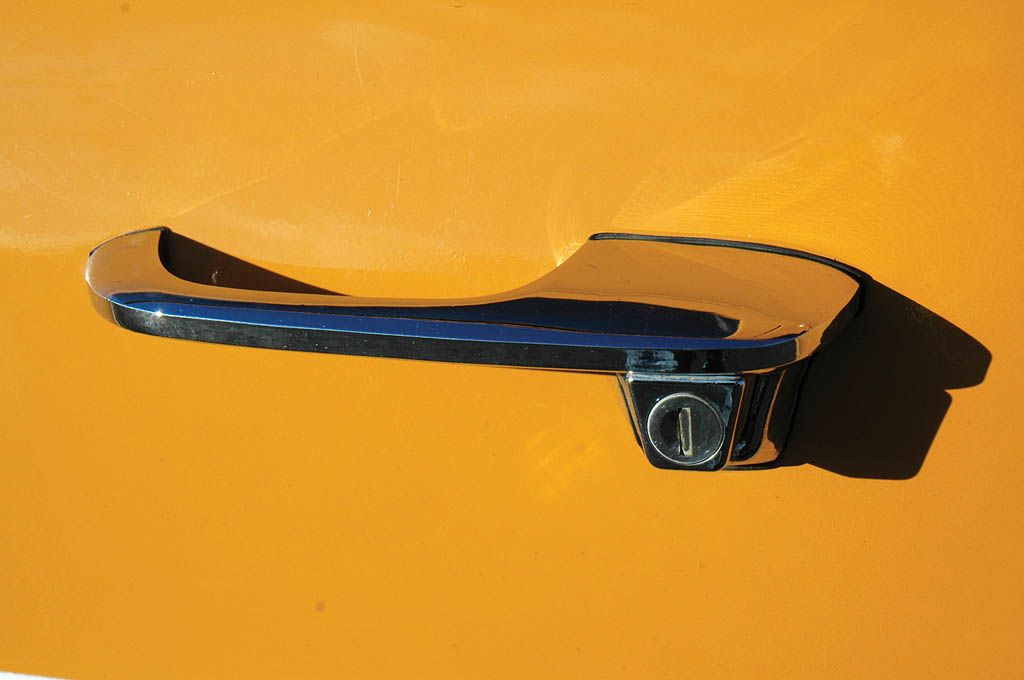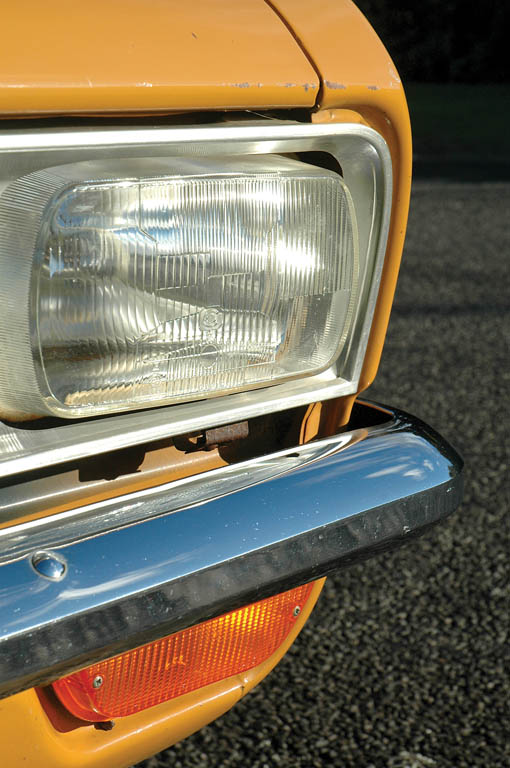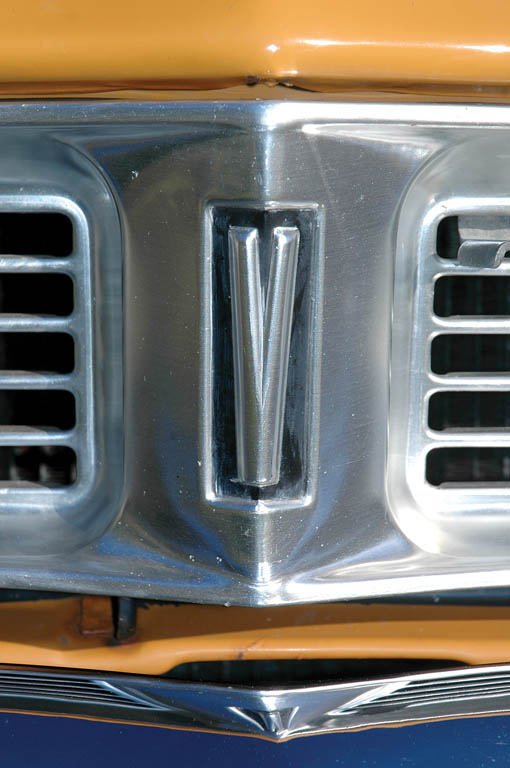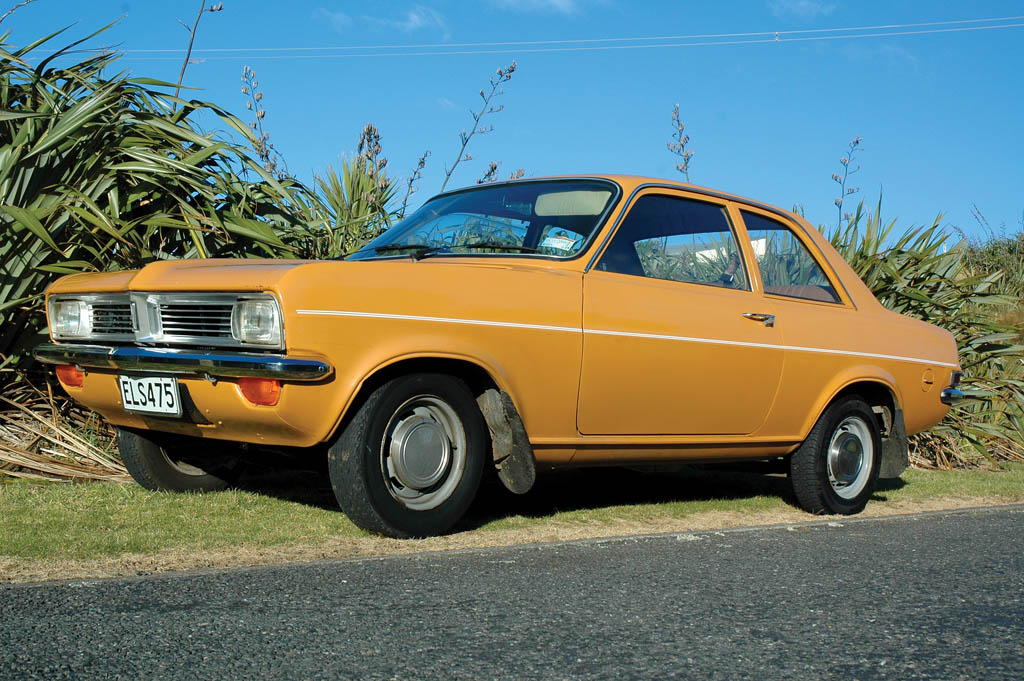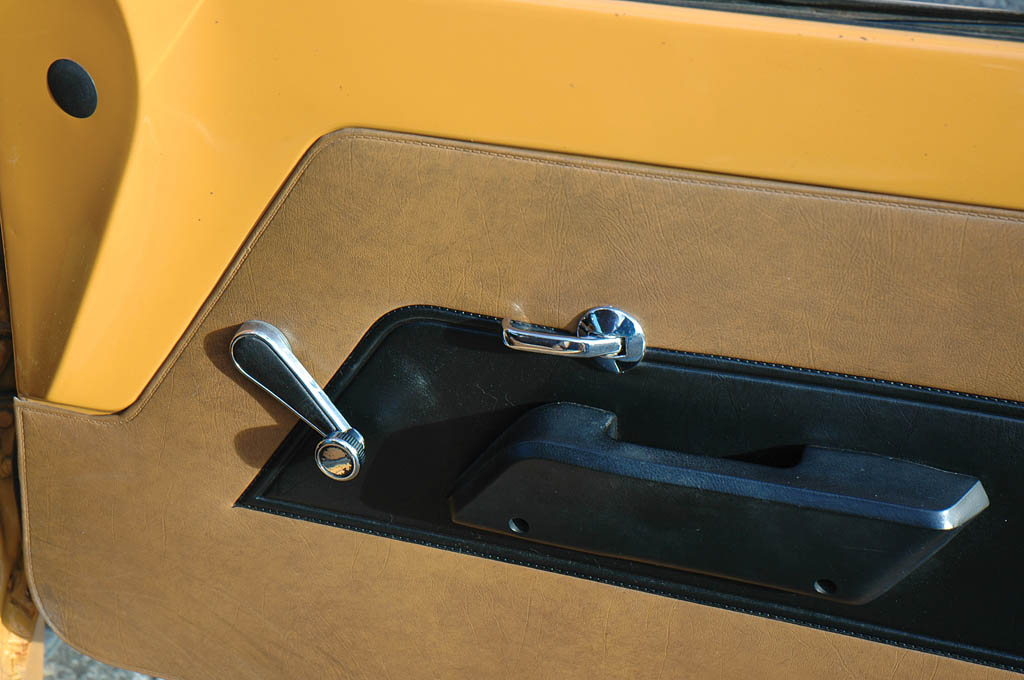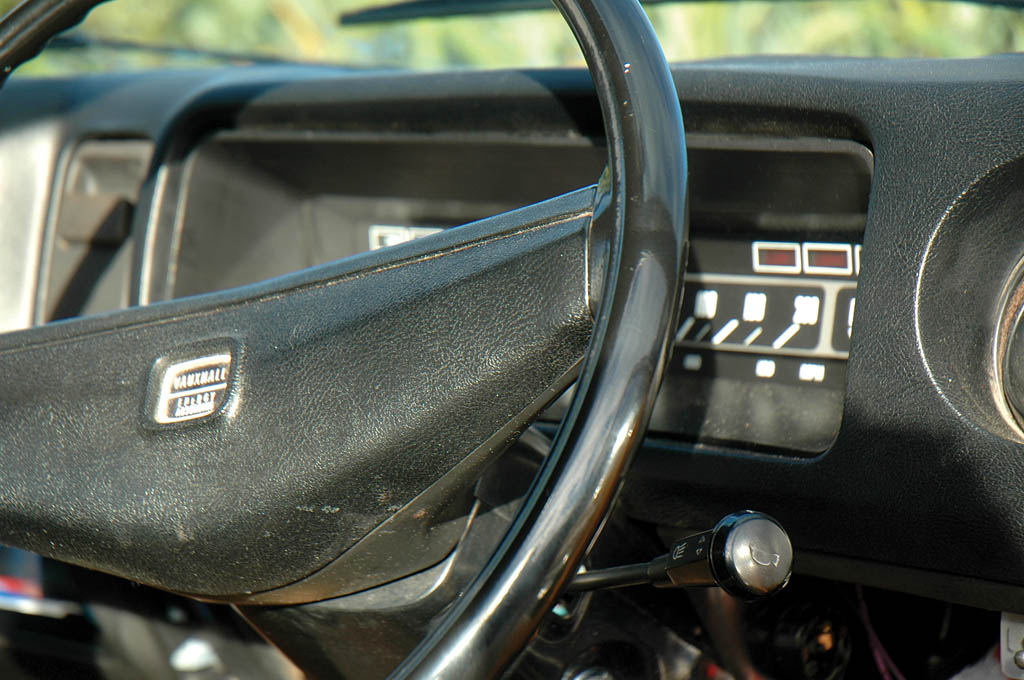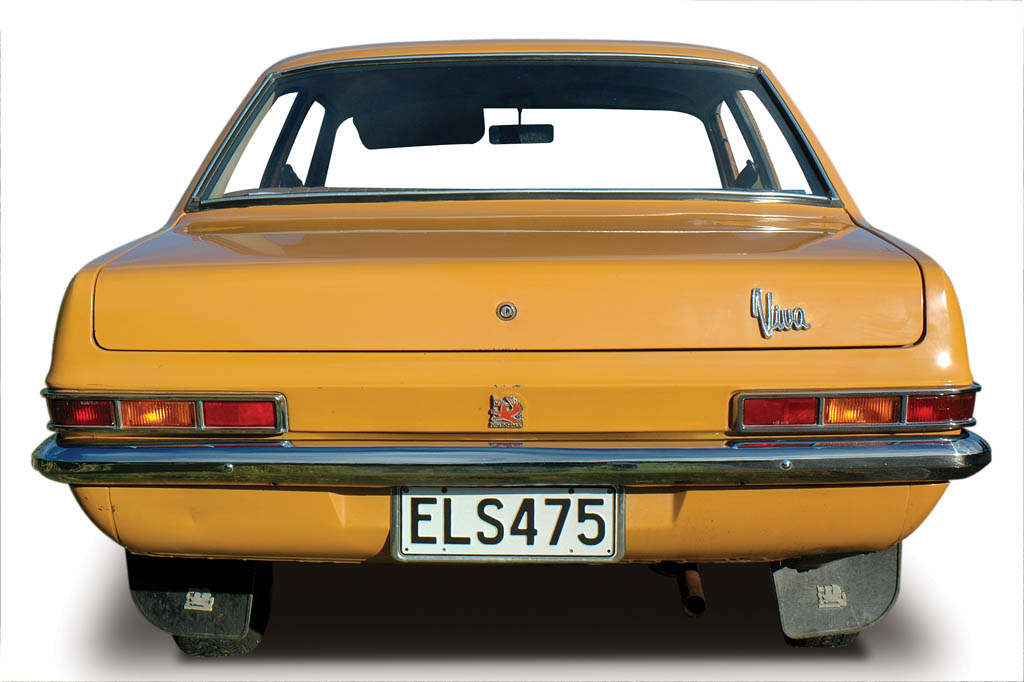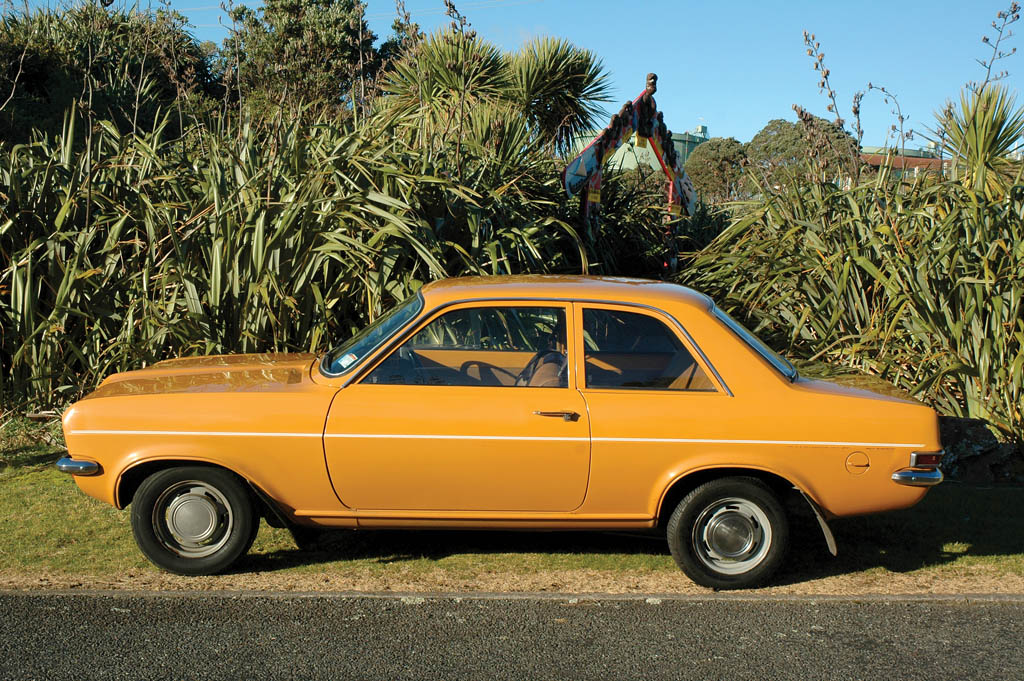data-animation-override>
“Published in New Zealand Classic Car Issue No. 215”

Tim combats fuel price rises by going back to basics with a Spartan, mid ’70s Viva
It was winter 2008. My little Jowett-Bradford truck was many kilometres away, awaiting repairs, and my Mercury V8 was parked up in the garage awaiting minor adjustments. I had fallen behind in my schedule of tidying up a few areas of the American car and, anyway, fuel price hikes were starting to bite into its practicality as an everyday classic.
I was snuggled up by the heater without any thought of venturing down into the garage when the phone rang. As it often is, during the evenings, it would be someone wanting to talk cars, trucks or classic scooters. This time I was fielding a call from South Taranaki. It was the voice of a man I had met many years ago, Len Miller, telling me about his mother’s old, low-mileage Vauxhall Viva HC 1300, from Southland, which he had sitting in his barn. Did I know anyone who would want to buy a Viva in very tidy original condition?
I listened politely and said I would ask around local enthusiasts and see if I could find the Viva a good home. Showing my age, I thought to myself as I put down the ’phone — an HC Viva isn’t really that old; it’s not as if it’s one of those early slab-sided HA models or the classic, Coke-bottle-waisted HB.
Making a decision
Over the next week I listened to announcements of more fuel prices almost nightly on the evening news. In my other ear, my teenage daughter was nagging me about teaching her to drive. I started to think about the 1256cc Vauxhall Viva sitting south of the mountain. But what business did I have buying yet another vehicle? I kept pushing the Viva to the back of my mind. I like small BMC cars and the stylish little Triumph Heralds that I grew up with — but a 1300 Viva? No! That’s not me, I thought.
I have no valid psychological reason for it, but over the next few days I kept thinking about the Viva, and thought to myself that I needed to ’phone the owner back and find out a bit more about the car.
When my resolve finally broke, I called Len and found I could have the Viva quite cheaply, and that it had a new warrant and new tyres.
This basic ’70s saloon car was starting to seem like a medium term answer to rising fuel prices — and probably more practical than considering whether I will go electric!
As I drove south of Normanby to view the Viva, I realised it was quite a long time since I had seen any model of Vauxhall Viva at all on the road. They had been one of the victims of the arrival of Japanese imports in the late ’80s when our roads suddenly became clogged with white, imported Honda Accords, each with the obligatory soot stain above their tailpipes.
Along with everyday British cars — such as the Hillman Avenger, Austin Princess and Triumph Toledo — HC Vauxhall Vivas disappeared almost overnight. For some, that time hadn’t come soon enough!
And then I saw the Viva. I didn’t pass out, or drop to my knees and start worshipping as though I had just seen a V8 Facel Vega or a Lamborghini Miura. It was no classic car revelation but there it was — a plain, no-frills car that was honest-looking, in a nutty sort of ’70s orange.
After seeing how intact and original this little Luton laddette was, I found that, although it had covered 83,000 kilometres since new, the Vauxhall still drove as if it had just been run-in.
With a deep breath, I purchased the Viva and, later, armed myself with a Haynes workshop manual for the car — having discovered one for sale on the internet. I was now a first-time Vauxhall owner.
New Zealand assembled
Research in books and on the internet informed me that the HC model Vauxhall Viva was introduced in 1970, the last in a three generation line-up that, of course, started with the GM/ Opel Kadett sibling, the HA, in 1963.
My ‘new’ HC is a New Zealand assembled 1256cc-powered Viva sporting a single Stromberg carburettor and a Spartan interior that features no more than two switches — one for the lights and one for the heater fan. I have owned British cars with walnut dashboards, tachometers and twin carbies, so the Vauxhall Viva has come as bit of a shock.
The Magnum 1800cc Vivas looked quite sporty in their day, and the HC Viva two-door estate, with its long side windows, also looked quite stylish, while the ‘droop snoot’ Vauxhall Firenza is a fascinating ’70s rarity. However, most contemporary writers and critics dubbed the little 1256cc Vivas as being basic and gutless. They were right!
While my base model Viva does indeed reach the speed limit, it is fair roaring its little head off going much faster, Not to worry, I do not intend trying to travel at high speed in this now classic nana car. More to the point, it is solid, handles more than satisfactorily and uses a lot less fuel than I’m used to putting into my Mercury. The boot is also much more generous than those of the other small capacity British cars I sometimes find myself championing.
Around town, in hilly New Plymouth, if I work the gearbox and use the revs accordingly, the HC performs well as a shopping basket.
Everything about this Vauxhall Viva is simple, practical and almost faultless in general layout. My only bugbear is the headlight switch. The designers had one main dash switch to find a place for, and they stuck it on the dash where you either have to reach around the steering wheel, or through it, to switch on the lights. Don’t get me wrong though, I’m quite happy with my new everyday classic purchase. For the price of a pup tent it is doing absolutely everything that I have expected of it, cheaply and functionally — and so far without a single failure.
As proof for me that the HC Viva is now an old car or an everyday classic in its own right, I’ve found that young guys like this ‘old retro’ car, as they call it, and quite a few mistake it for a Holden Torana. My generation always knew the difference between these two GM cars, but it seems youngsters see the pointed section in the centre of the chromed front bumper and immediately think Torana. Interestingly, of course, the first Toranas were in fact based upon, and almost identical to the HB Viva.
Newspaper classified sections are full of tired, late 20th century cars — many lowered to the ground, with torn upholstery or cigarette burns — being touted as good second cars or feasible economy cars at three times the price this orange Viva cost me to buy. However, in an era of uncertain oil prices, for this classic car enthusiast the plain old HC Vauxhall Viva 1300 may just be what the doctor — or rather, the General — ordered!
1975 Vauxhall Viva HC 1300 – Specifications
Engine: Four cylinder in-line
Capacity: 1256cc
Bore/ stroke: 80.9/61mm
C/R: 8.5
Valves: ohc
Max power: 39.5kW (53bhp) at 5400rpm
Transmission: Four-speed manual
Suspension: F: wishbones, coil springs and telescopic shock absorbers R: trailing arms, coil springs and telescopic shock absorbers
Brakes: Disc/drum
Tyre size: 5.20 x 13
Dimensions:
O/all length: 4115mm (13ft 6ins)
Width: 1651mm (5ft 5ins)
Wheelbase: 2464mm (8ft 1ins)
Kerb weight: 833kg
Performance:
Max speed: 138kph (86mph)
0-60mph: 18.1 secs
Economy: 8.83l/100km (32mpg)
Words and Photos: Tim Chadwick

